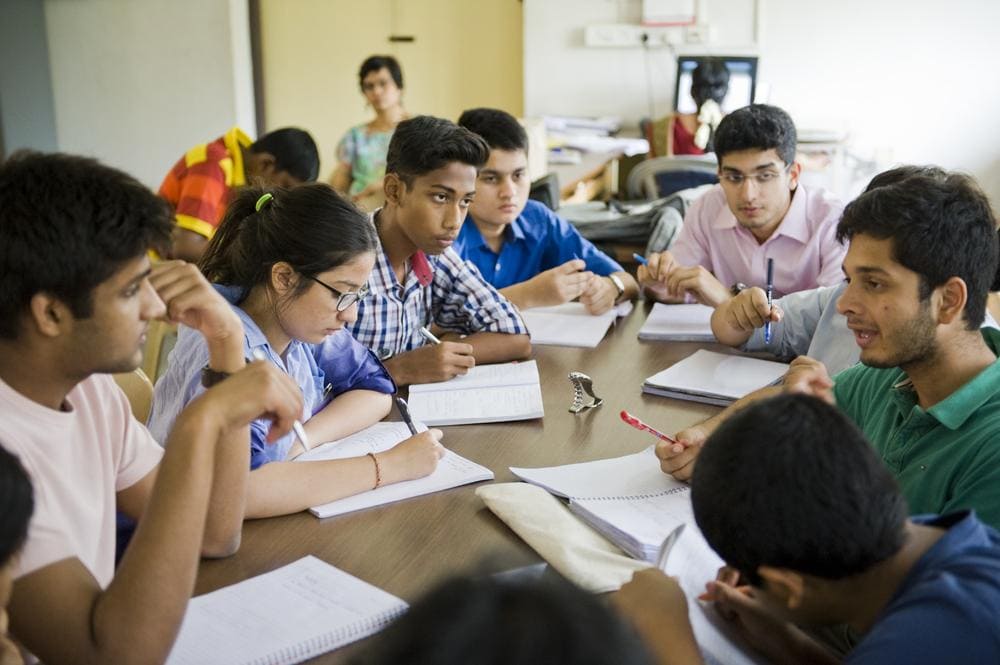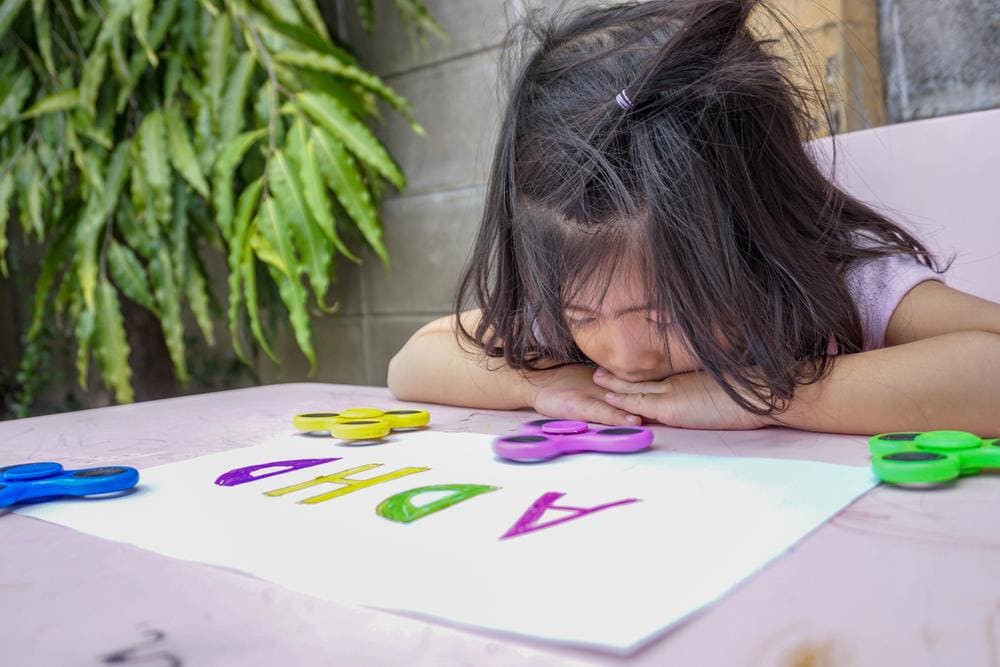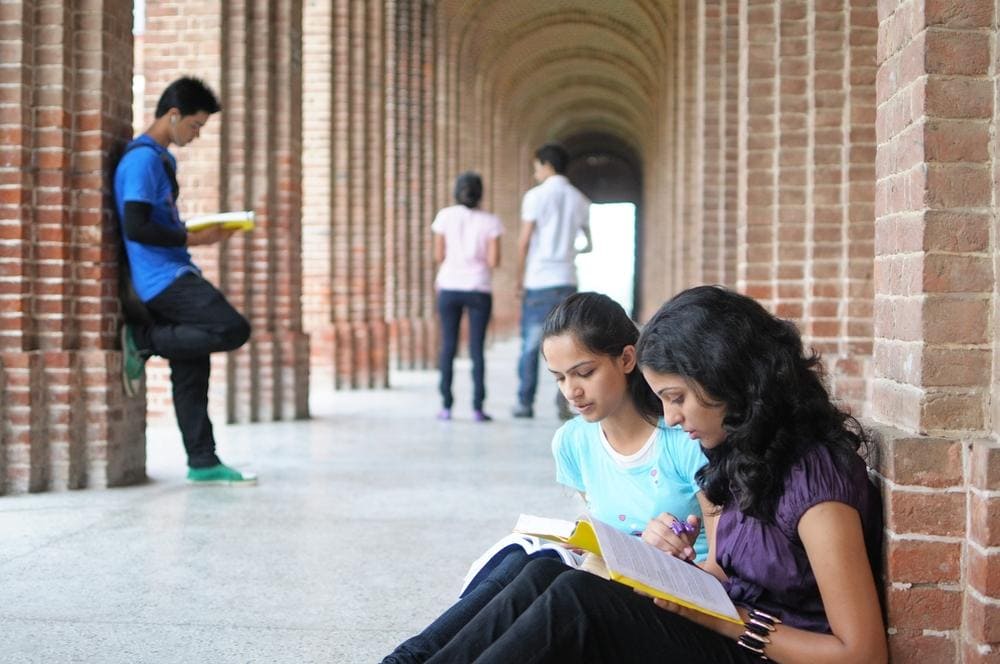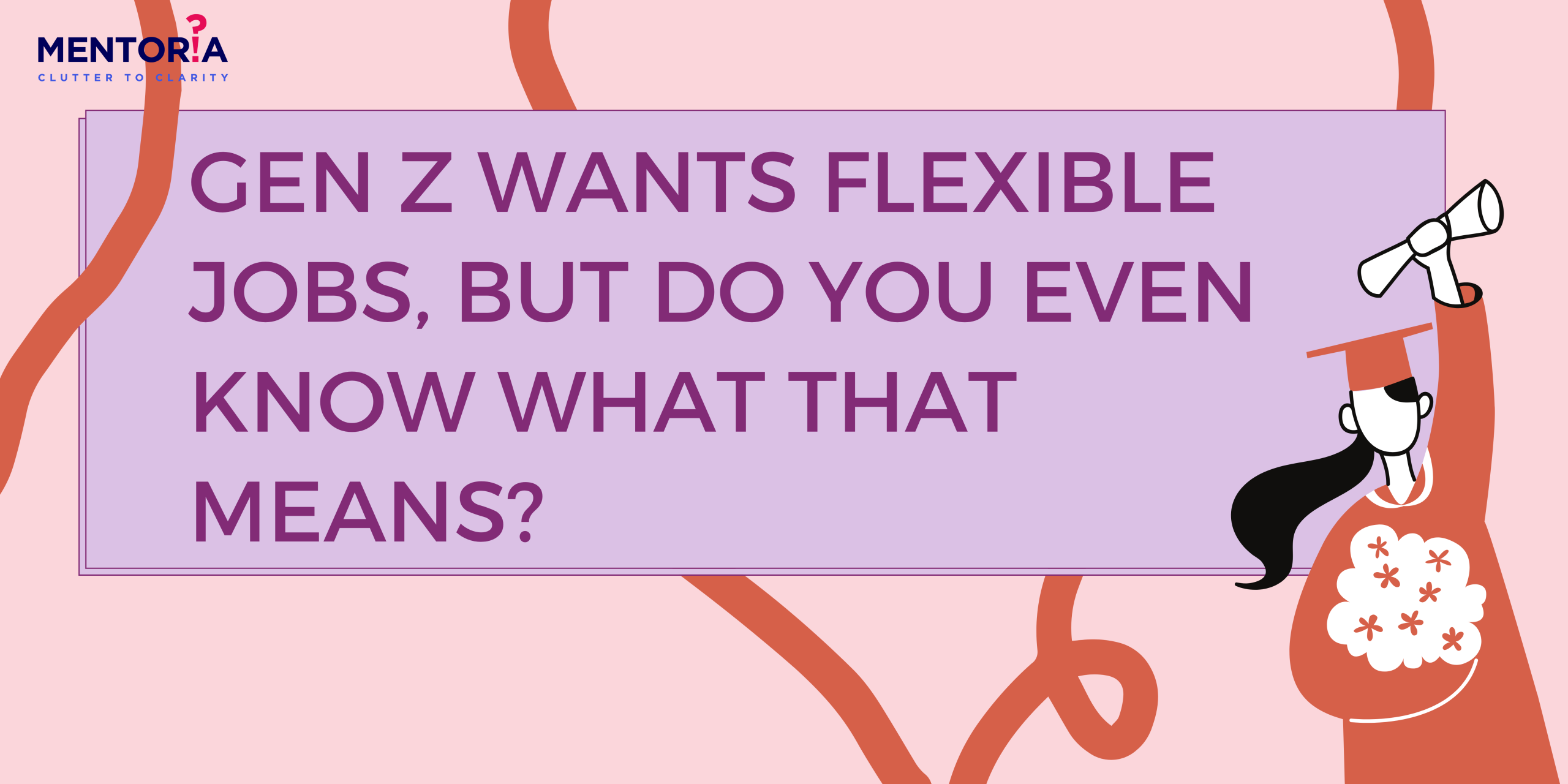7 Ways to Handle the Special Students in Your Classroom

Who are Special Needs Students?
A classroom full of students simply cannot be stereotyped. Each student is different from the other. Youngsters have their own qualities and shortcomings, and every student takes their own time when it comes to learning and the general development of emotional and social skills. A few students may exceed expectations in certain skill-sets and yet struggle in other aspects. If your students display characteristics that deviate from the textbook “normal” with respect to their classmates, the problems could lie deeper. For such cases, calling them out or punishing them for their “bad behaviour” might have adverse effects. A more inclusive and encouraging approach could go a long way in enabling a conducive environment for learning. Here are some common student traits you may encounter on a regular basis and what they could mean.

Special Needs Students Behavioural Traits
The Distracted Lot
If your students cannot pay enough attention in class or tend to disrupt the class by distracting others, they could be manifesting ADHD (Attention Deficit Hyperactivity Disorder).

The Shy Lot
The shy, reclusive students could be dealing with some trauma or conflict at home or issues in class, such as bullying.

The Combative Lot
Students who disrupt the class are plenty, and it may often seem logical to call them out for their disruptive behaviour. However, constant combative behaviour or certain patterns may indicate deeper emotional troubles.

The Under-Performing Lot
Learning disabilities have been recognised by many school boards and students struggling with such issues may not necessarily do well on standardised tests. Such children need to be taught using a different approach to help them keep up with the class.
Special students need special attention. Consult Mentoria’s expert career counsellors to get personalized step-by-step guidance for the future career path.

Why it’s Important to Identify the Special Needs Students in Your Class
The earlier a student’s behavioural traits and learning disabilities are identified, the better are their chances of understanding and following the syllabus, and what’s being covered in class. Additionally, these students may be struggling to accept their uniqueness, which could withhold them from achieving their full potential. Your helping hand and compassionate, understanding attitude will guide students towards finding their own way of learning. Principal Padmaja Chavali of City International School says, “Our teachers observe children and inform our counsellors about the ones with learning disabilities. Counsellors also observe a basic checklist that is referred to by the teachers. Based on this, the counsellors suggest formal testing. If any difficulty is diagnosed, they are suggested remedial teaching. Early diagnosis makes it easy to remediate and bridge the gap in learning difficulty faster.”

Teaching Strategies for Special Needs Students
Here are seven approaches you can employ to make it easier for all your students to feel engaged, included and accepted.

1. Use technology such as learning apps and other teaching accessories in the classroom to maintain an enthusiastic class. Images and videos are powerful and far more engaging than plain text. Even when you assign homework, as students watch a video or complete a test online. If you do not have access to tech, use audio-visual cues to optimise their learning experience.
2. Maintain a predictable routine. Students with autism or other behavioural or social issues are comforted by routine and adapt much better to a predictable schedule. They are more at ease with a schedule; a sudden change or an impromptu event could confuse the student and throw them off guard. Try to give your class a heads-up whenever you are about to make a change in the timetable.
3. Simple words and clear instructions are always more effective when students are unable to grasp lessons. Give out verbal prompts regularly and keep your directions straightforward. Based on how your students react to your instructions, be ready to adapt your communication strategy.

4. Pair your unique students with the right peers. The peer can help the student with basic comprehension, homework, keeping up with the class and perhaps also have a calming effect on the child. The peer, on the other hand, can understand that the world is inhabited by all types of people and we must love and accept our peers and be compassionate towards their struggles.
5. Train the class on basic body language and social skills. Show your students how to communicate with the class by raising hands, waiting till the other person finishes talking, and such other skills. During this, get the rest of the class acquainted with certain ticks people display involuntarily, like shivers, tremors, etc. Allow them to ask you questions. This is a great way to initiate acceptance in your classroom.
6. Plan breaks for your students. Instead of having them running around the class during their regular break, arrange for a small skit, video or some other creative outlet for your students. Art and music therapy has worked effectively for students with learning disabilities.

7. Watch for triggers. Sometimes, students react to triggers without realising it themselves. In a class of 40-60 students, it may not be possible to track every student. Some students react to loud noises, some react to changes in light, while some others behave differently when the temperature changes. It is possible that this change in their “regular” environment may cause them to disrupt the class.
Patience, love, acceptance and willingness to help such students goes a long way. Unfortunately, sometimes even parents miss out on spotting the deeper underlying issues their children face. Mrs Seema Malik, a teacher at Maneckji Cooper Educational Trust with over 40 years of teaching experience, says, “We spend more time with students and while these signs are easy to dismiss as simple disturbances, it helps students in the long run if we spend more time with them and understand why they behave the way they do. Sometimes, we have to counsel parents about what their child is going through in order to arrange for all the help that a child can get.”
Your students spend most of their day with you and often depend upon you for support and guidance. Acknowledging their differences and supporting them correctly will only help them remember your compassion and kindness, even when they grow up to be functioning members of society.
Sign Up for Mentoria - India’s Most Reliable Career Discovery Platform
Mentoria promises to handhold you during your career discovery journey - from the time you sign up until you get into a career you love.






